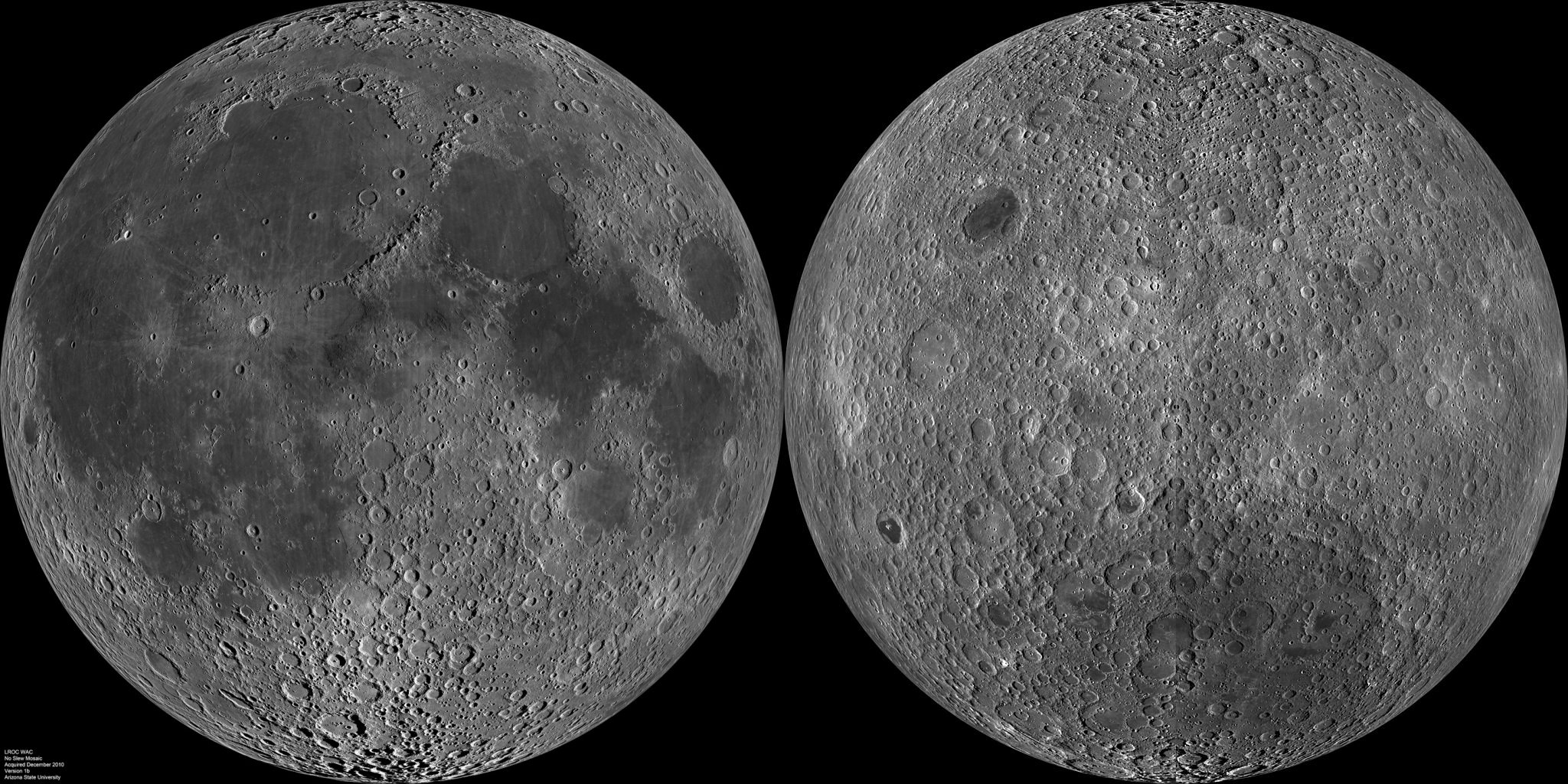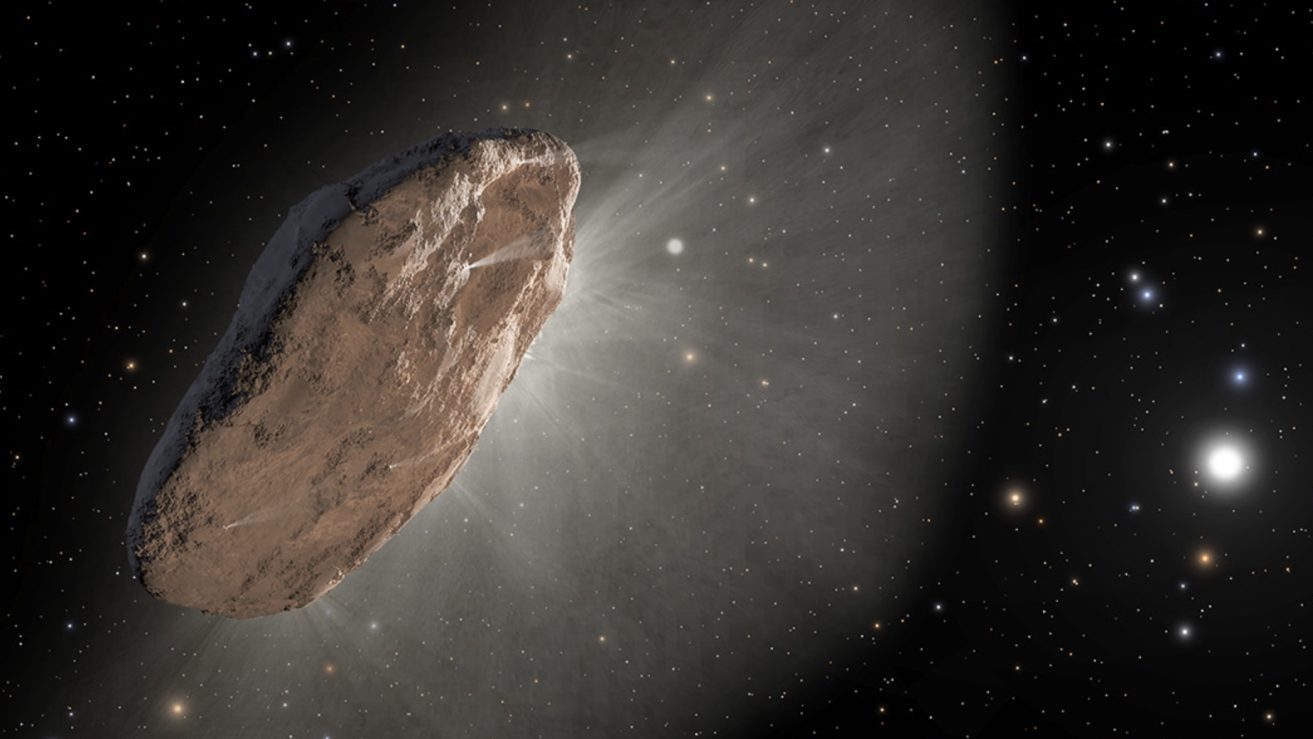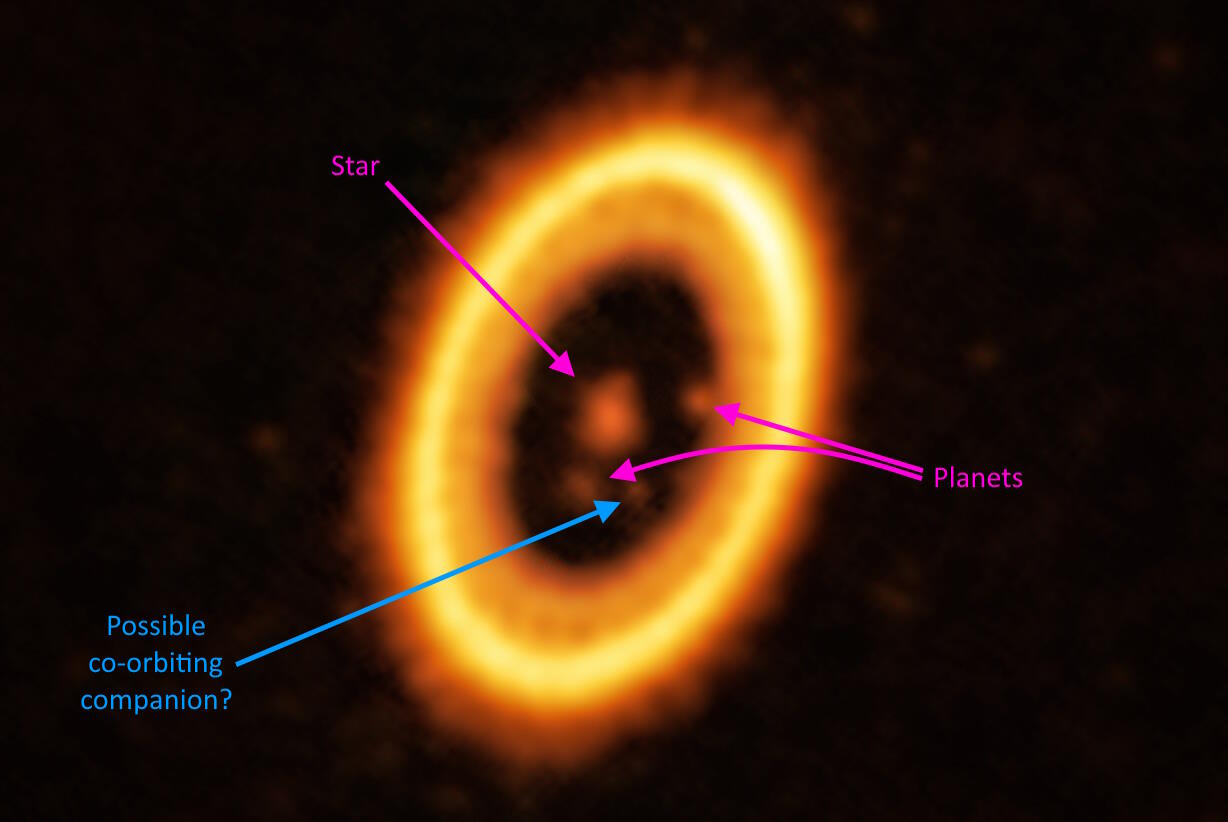Scientists Propose the Existence of a Giant New Space Object

Earth as we know it today was a much different place a few billion years ago. In fact, chances are, it was a giant donut-shaped mess of spinning hot vaporized rock. The researchers from Harvard University and University of California, Davis think that Earth was in the shape of an entirely new planetary object they’ve dubbed “synestia”.
The study, published in the Journal of Geophysical Research: Planets, was carried out by the planetary scientist Sarah Stewart, a professor at Harvard, and Simon Lock, a graduate student from UC Davis, with support from NASA and the U.S. Department of Energy.
The focus of the work by Stewart and Lock was on planet formation from a sort of interplanetary pinball, when giant rotating objects smashed into each other in the young Universe. These violent cataclysms produced new partially-melted and vaporized space bodies, which would eventually cool down and become the mostly spherical planets we have today.
“We looked at the statistics of giant impacts, and we found that they can form a completely new structure,” said Stewart.

This figure shows to scale a rocky planet, a molten disk/ring structure, and a synestia all with the same mass (about one Earth mass). Credit: Harvard University.
How exactly would synestias form? The researchers found through modeling that when spinning planetary bodies barrel towards each other at high temperatures and with high angular momenta, their crash would actually create a totally new object of mostly vaporized rock, with the same angular momentum. The outer layers of the vaporized planets would be in orbit around the rest of the new body.
The scientists described it as an indented disk that looks like a red blood cell or a donut with the center filled in. The reason they called the planetary body they proposed “synestia” comes from “syn” which means “together” in Greek and “Hestia” – the Greek goddess of the home, hearth and architecture.
Once formed, the synestia, like a molten cocoon, would start cooling off, condensing into a solid object in a few hundred years – a pretty short time in cosmic terms. Unless they are formed by the collision of gas giants like Jupiter – such synestias would survive in their forms much longer.
The idea of synestias could also explain the formation of moons. While they have not been observed directly, synestias could be present in other solar systems and could be detected in the future.





